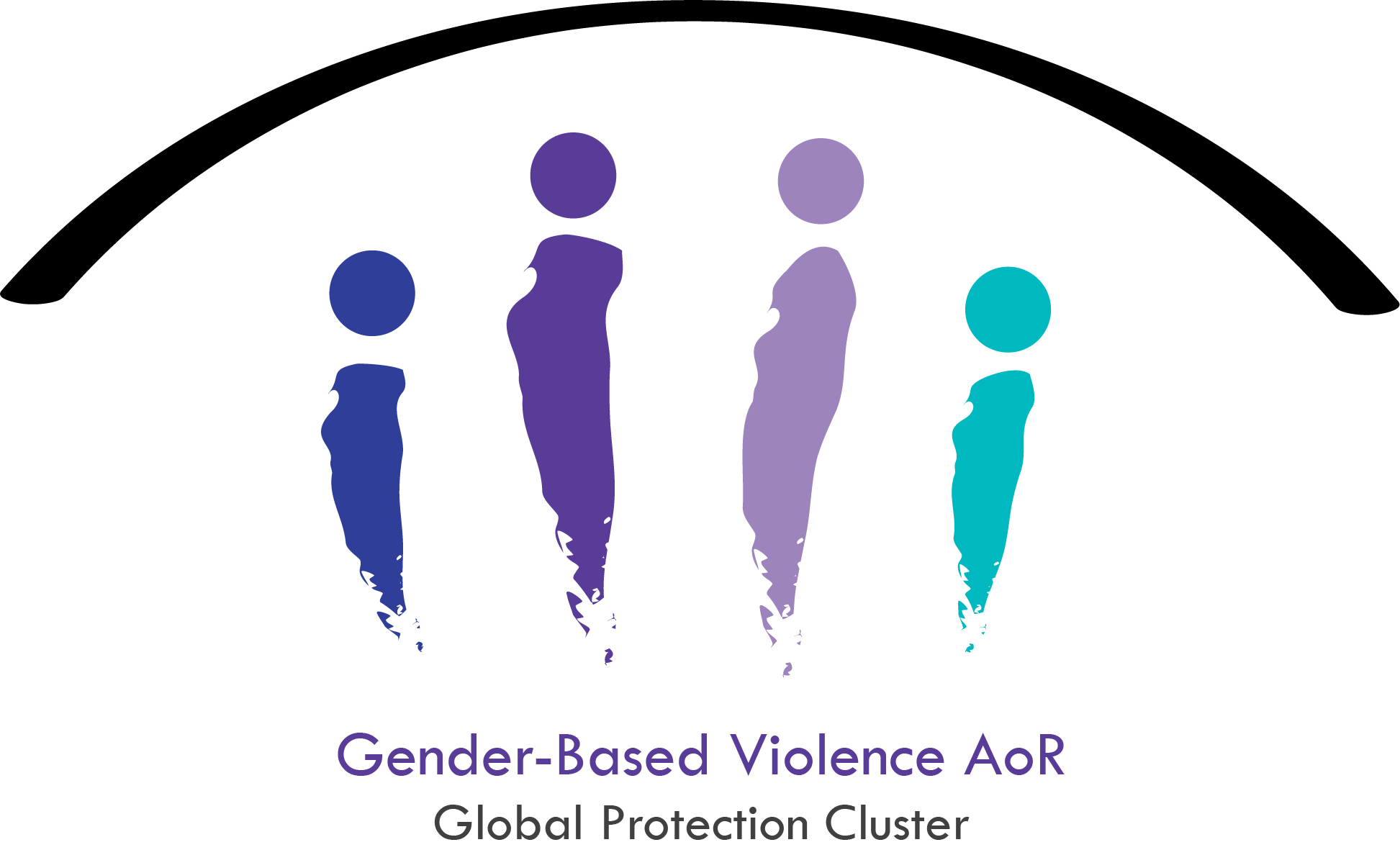Search Results for “”
Learning Brief on Femicide in Emergencies - GBV AoR Helpdesk 2022
13 Dec, 2022
This report provides a practical overview of femicide in fragile and emergency settings, and the implications for GBViE practitioners. This document articulates how femicide is defined and conceptualized, provides a concise overview of different forms of femicide, and offers practical programmatic recommendations in terms of GBV prevention and response and advocacy. This document comes in the wake of growing global awareness of femicide, due primarily to the ongoing efforts of feminist activists to render this form of violence more visible, protect women and girls at risk, support surviving family members of femicide victims, and hold perpetrators accountable. This paper is intended as a practical and non-exhaustive resource for GBViE actors; links to further reading can be found throughout.
COVID-19 vaccine rollout – What do we know from past public health emergencies about gender-based violence risks and gender related barriers to vaccine access
29 Apr, 2021
As initiatives for large-scale global distribution of COVID-19 vaccine get underway, this report looks at what is known from past public health emergencies and vaccination campaigns to understand gender-related barriers that women and girls may face in accessing the vaccine, as well as risks of gender-based violence (GBV) related to vaccine distribution for women and girls at the community level and female health workers.
Inter-Agency Minimum Standards for Prevention and Response to GBV in Emergencies - GBV AoR 2019
12 Jul, 2019
This resource presents 16 Minimum Standards for GBV prevention and response programming in emergencies. As a whole, the 16 Minimum Standards define what agencies working on specialized GBV programming need to achieve to prevent and respond to GBV, and deliver multisectoral services. The objective of the Minimum Standards is to establish a common understanding of what constitutes minimum GBV prevention and response programming in emergencies. “Minimum” means “of adequate quality”; for the purposes of this resource, adequate quality means (1) reflecting good practice and (2) not causing harm. As such, each Standard in this resource represents common agreement on what needs to be achieved for that specific programmatic element to be of adequate quality. When a GBV programme actor decides to implement a programmatic element outlined in the Standards, that intervention must be implemented according to the Standard at a minimum.
